Youth Training – What We Need To Know
Author:
Unlock your full potential by engaging with our experts and community! Have questions about your fitness journey or looking for expert advice on weightlifting techniques? Don’t hesitate — leave a comment below and Sergii Putsov will provide a personalized answer and insights to help you reach your goals.
Torokhtiy is reader-supported. Some links are affiliate links, and we may earn a commission at no extra cost to you. See our disclosure page for details.
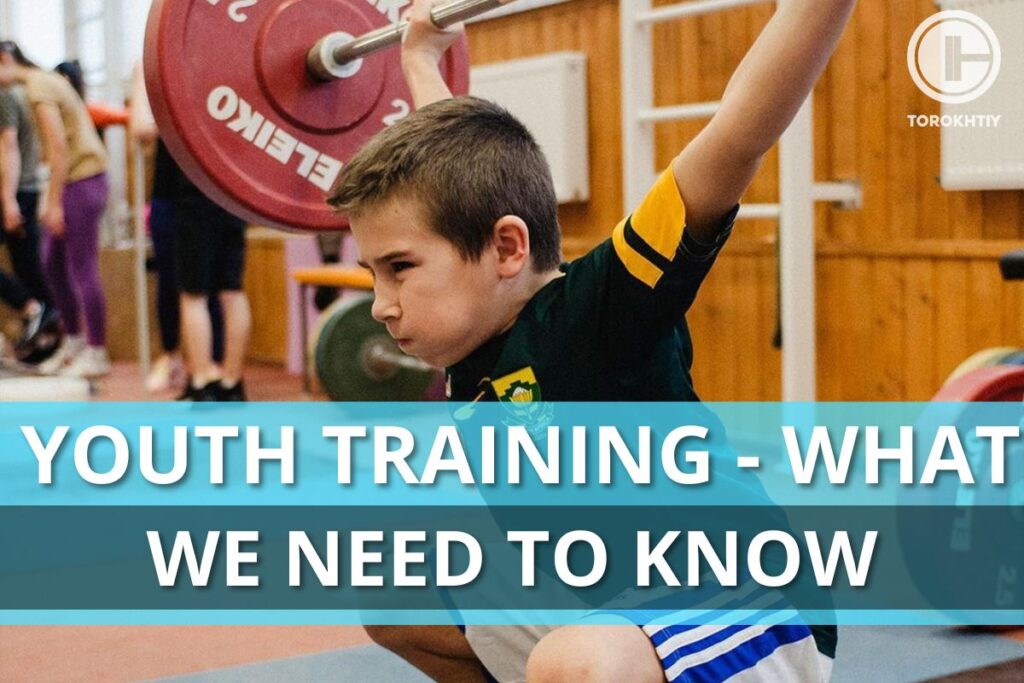
Focused training from the very childhood is a must to achieve world-class results in modern weightlifting. It’s not a secret that in recent years world records have been set by young 18-20 y.o. athletes.
Only the athletes that have physical working capacity and mental strength are known to get sporting results. The basic layer of these qualities is formed in early adolescence and then keeps developing through the process of training and competitions. Many physiologists share the opinion that the earlier an athlete gets involved in sports activities the higher his technical skills and physical working capacity will be and therefore the greater is the possibility to achieve the highest results.
Years of scientific studies showed that the age of 11-13 is the best to start weightlifting for boys. Such an approach is widely spread in Post-soviet countries, China, Bulgaria and others. Youth weightlifting is a reliable source for replenishing junior and adult weightlifters’ ranks.
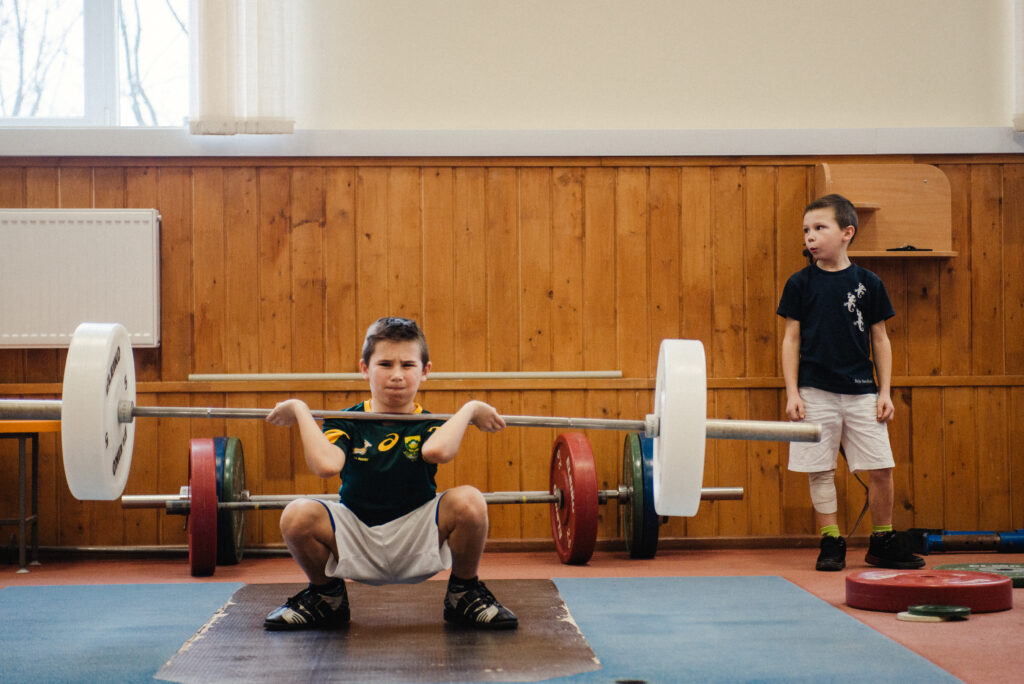
Development of adolescence
Working with adolescents has its specific traits. First, you should understand that an adolescent is not the same as an adult. Organs and all body systems functioning in the puberty period are markedly different from those of a grown-up man.
You may like it:
- Detailed Olympic Weightlifting Program For Beginners
- 12-Week Weightlifting Program For Women (Detailed Example)
- Create Your Olympic Weightlifting Program (Examples Included)
In the puberty period that lasts from 12 to 16 all body is rapidly developing which results in a significant increase of height, weight, chest circumference and muscular system as well as profound changes in heart function, central nervous system and especially sex glands. That’s exactly the time when personality and character formation are happening.
Follow us!

Free!
Get a 2-week Weightlifting Program as a bonus for the subscription to kickstart your training plan!

Free!
Skeletal ossification lasts from birth to the age of 24-30. Growth and ossification of different parts run in various periods. The spine length growth, for example, almost stops at the end of the puberty period. The rib cage gets its adult form at the age of 12-13. The pelvic bones fusion and ossification complete to the age of 20-25.
There are some skeletal changes caused by weightlifting training, like bone hypertrophy, growth and strengthening of the connection between tendons and bones. That’s why using maximum weights at 12-15 y.o. adolescents’ workout routine should remain adequate.
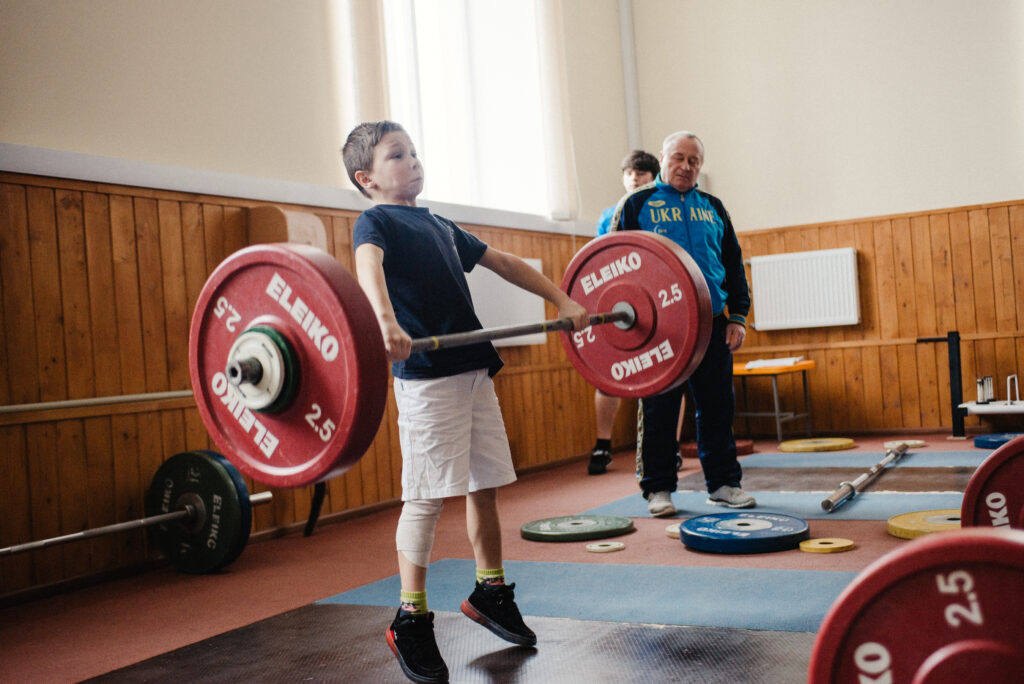
The muscular tissue development finishes at the age of 15-16 and it becomes the same as that of adults. It is a favorable factor for weightlifting exercises in adolescence. But mind that in this age teenagers’ tendons are less developed in comparison to those of an adult. Adding acrobatic and gymnastic exercises and outdoor games in young weightlifters’ workout routine positively affects tendon strengthening.
Puberty also provokes muscle mass growth intensity. This is related to a greater secretion of sex hormones. The overall muscle weight at the age of 8 is 27% of total body weight, it reaches 33% to the age of 15 and 40% to adulthood.
The first year of life and then the age from 13 to 16 showed the most intensive heart size growth. The heart size doubles during puberty, and the body mass increases by about 1.5 times. All this leads to a mismatch of the heart size to the vessel lumens because they are still far from reaching anatomical maturity. Thus the high blood pressure in 13-14 y.o. Schoolchildren are not necessarily the evidence of cardiovascular pathology.
70-78 BPM is an average resting heart rate for normally developed 13-14 y.o. youngsters. This number can peak up to 200 BPM under the maximum physical loads.
Respiratory system. Lungs keep constantly growing until the age of 16. At the age of 14-16 the lung capacity is 20 times bigger than that a newborn has. Lung ventilation in adolescents is almost similar to that of adults, yet breathing is less efficient.
The brain anatomy and mass reach the endpoint to the age of 7-12. That’s why all further development of adolescents’ nervous system remains only qualitative.
The puberty age (13-15 years) is also remarkable for forming and revealing the individual traits. These traits produce a significant impact upon the speed of acquiring skills and their longevity as well as upon the level and sustainability of overall working capacity, mental strength and so on.

In puberty (boys aged 12 to 16) there is an overall increase of central nervous system excitability. The prevalence of excitation over inhibition could be easily witnessed in this age. Some studies claim that adolescents showed a slow response to verbal stimuli in comparison to visual or auditory ones.
You should keep in mind that the adolescent brain lacks nourishment and oxygen due to delayed cardiovascular system development. Moreover, the enhanced adrenal function increases the adrenaline level that causes vasoconstriction.
The impact of weightlifting upon the functional capacity of young weightlifters
Weightlifting training results in changes in the cardiovascular system. 13-14 y.o. teens rapidly adapt to muscular work. The adaptability period in adolescents is much shorter than in adult athletes.
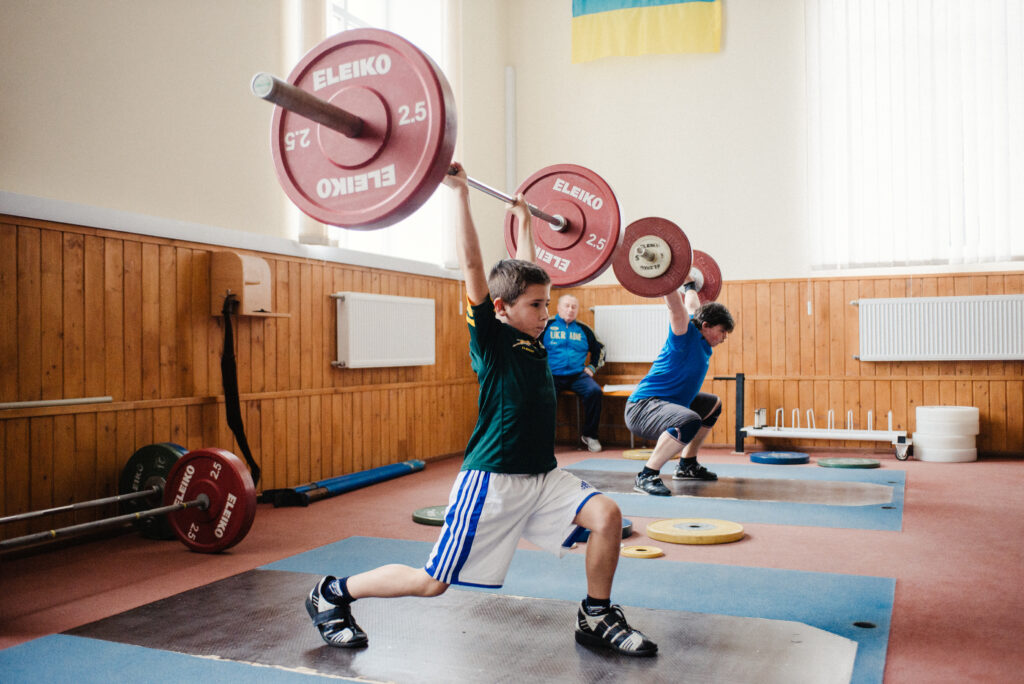
Muscular work increases breathing efficiency. Lung capacity increases from 2,5 to 3,5 liters after the training throughout a year, which is 30-50% more than in children of the same age that are not involved in physical training.
The basic properties of the nervous system are congenital and predetermine its capabilities. High mobility and quick reaction as well as the ability to maximally focus neural processing are the distinctive traits of all weightlifters.
Any muscular activity in different sports affects strength development, but the influence of weightlifting training is especially noticeable in this case.
Interesting fact for coaches. Changes in muscle strength and power are more significant in puberty (from 12 to 16 years) and stand at 57,5%, at the age of 17-20 these indices lower to 36,6%, and age 21-22 demonstrates only 9,6% of the increase.
Speaking of body proportions’ role in weightlifting we shall remark the fact that among the strongest weightlifters there are people of all possible body types.
Typically it’s quite hard to define the ability to weightlifting in 12-13 y.o. teens. Peers adolescents are known to be different one from another by the stages of sexual maturation.
In this period general physical training is the main content of the workout routine (70-80% of the time). Long and high jumps, 10-60 meter sprints are used to develop speed-strength qualities; acrobatic exercises (forward roll over an object, backbend from the standing and handstand positions) are used to improve flexibility and coordination; wrestling and sports games greatly improve agility. Special attention during the workouts is paid to courage, determination, coolness, commitment, perseverance and so forth.
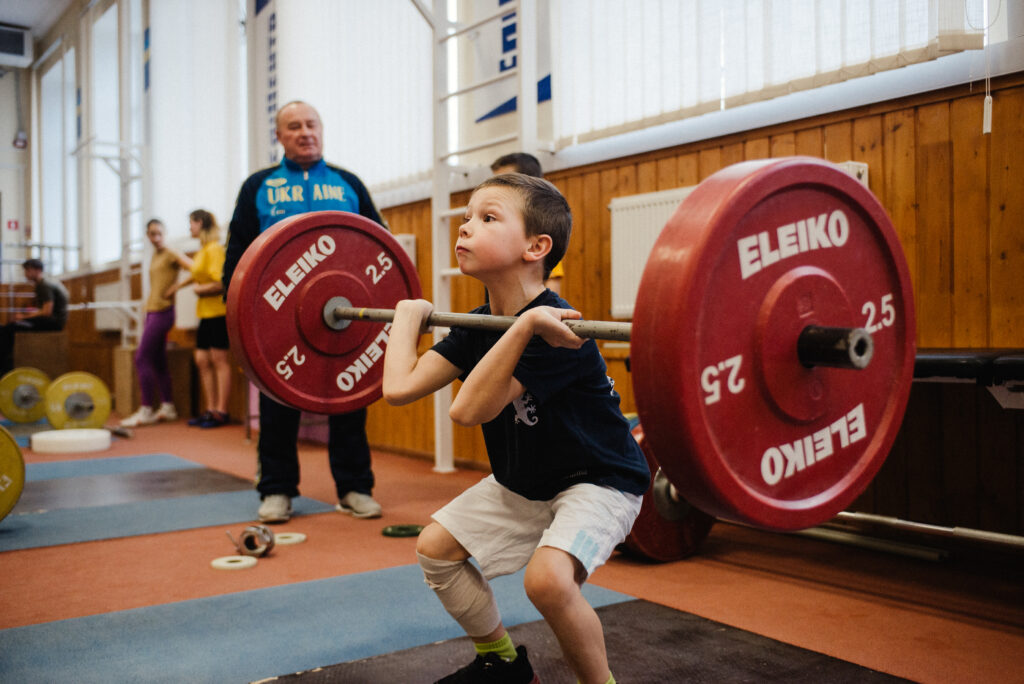
As for weightlifting, this period is used to study the technique of snatch and clean & jerk. Assistance exercises as a power clean, power snatch, bench press, overhead squat with snatch grip are also applied.
Leonid Dvorkin’s studies (2020) show that the optimal training weights for 12-13 y.o. adolescents are the ones they can lift 5-6 times. The training load volume per one workout excluding GPT should be 40-50 repetitions on average (not counting the weights lifted during the warmup). Totally 5-6 sets of 3-6 repetitions on one exercise. My training program INTRO is a perfect example of such an approach. It consists of the basic exercises for novices and an athlete’s weight determines the workout intensity.
Rookies should be tested before the training to reveal the level of their physical fitness and development. To do so the following set of tests is usually applied by the coaches: 60 m run, standing long jump, standing triple jump, handgrip and back strength, pushups, pullups, flexibility and coordination exercises.
There is a special formula that defines the index of physical readiness (IPR) of a young athlete based on his age, height and weight:
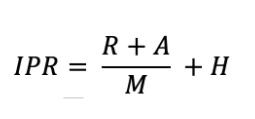
- R – test result;
- A – age;
- M – body mass, kg;
- H – height, cm;
For the age of 12-13 it is utterly crucial to analyze the individual physical fitness intervals besides the results given in a table. If the IPF stays within the defined range an athlete has a good level of physical fitness. The level is low if the result intersects the left index and high if it intersects the right one. (Table 1)

Results in the abovementioned tests will help a coach to evaluate a novice’s initial level and to monitor the progress each 3-4 months of the first year of training.
It’s important to remember that peer adolescents may significantly differ in biological maturity. The abilities of the young athletes should be evaluated by defining their individual traits and psyche, athletic abilities, the capacity of their bodies and efficiency during the training process.
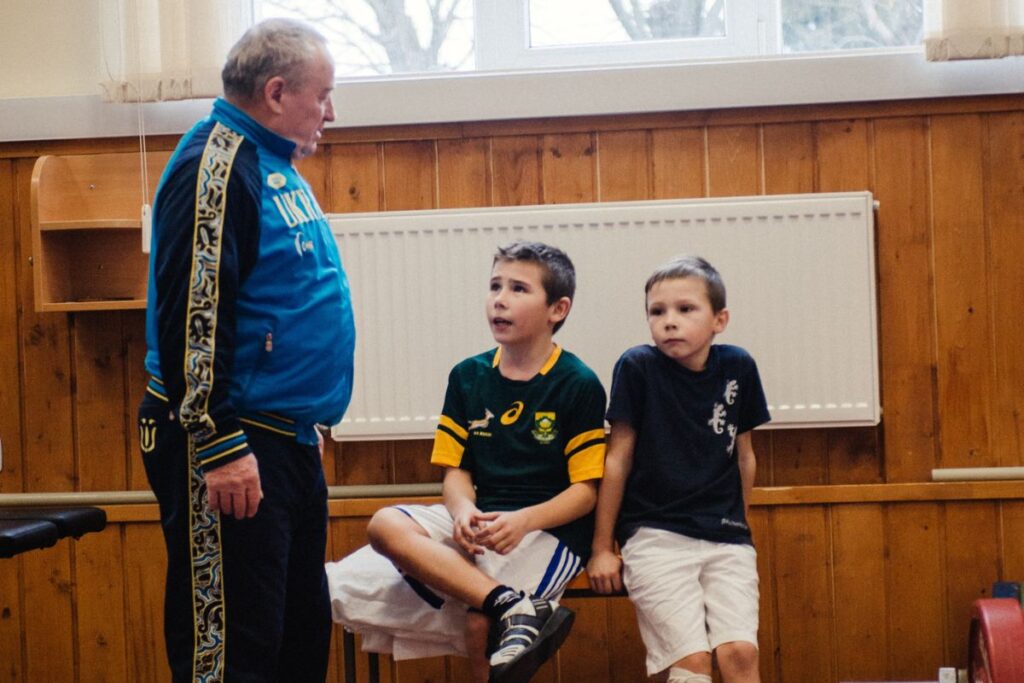
A coach must evaluate the progress in results not only by absolute results in control tests but also by their ratio to the initial level.
Besides the control competitions, a coach may also perform physical fitness testing with a widened test battery by the end of the first year. Below is an example of standard tests for young weightlifters in Ukrainian sports schools (Table 2). It may be adapted for any conditions according to the wishes of the coach and the availability of the sporting equipment.
Table 2
| Test | Points | ||
|---|---|---|---|
| 3 | 4 | 5 | |
| Pushups, reps | 15 | 20 | 25 |
| Dips, reps | 6 | 8 | 12 |
| Rope climbing (4 m), sec | 20 | 15 | 12 |
| Rope climbing (4 m), no legs, sec | 22 | 20 | 18 |
| L-sit hold on the parallel bars, sec | 3 | 5 | 8 |
| Standing forward bend | Touch the floor with your fingertips | Touch the floor with your palms | Touch the floor with your palms and your face with your knees |
| 60 m sprint, sec | 9,3 | 9,0 | 8,9 |
| 500m cross country running, sec | 100 | 92 | 85 |
| Standing long jumps, m | 160 | 170 | 180 |
| Shot put (4 kg), m | 7 | 8 | 9 |
If the 13-14 y.o. athlete gets 40-45 points, his physical fitness level is considered to be good.
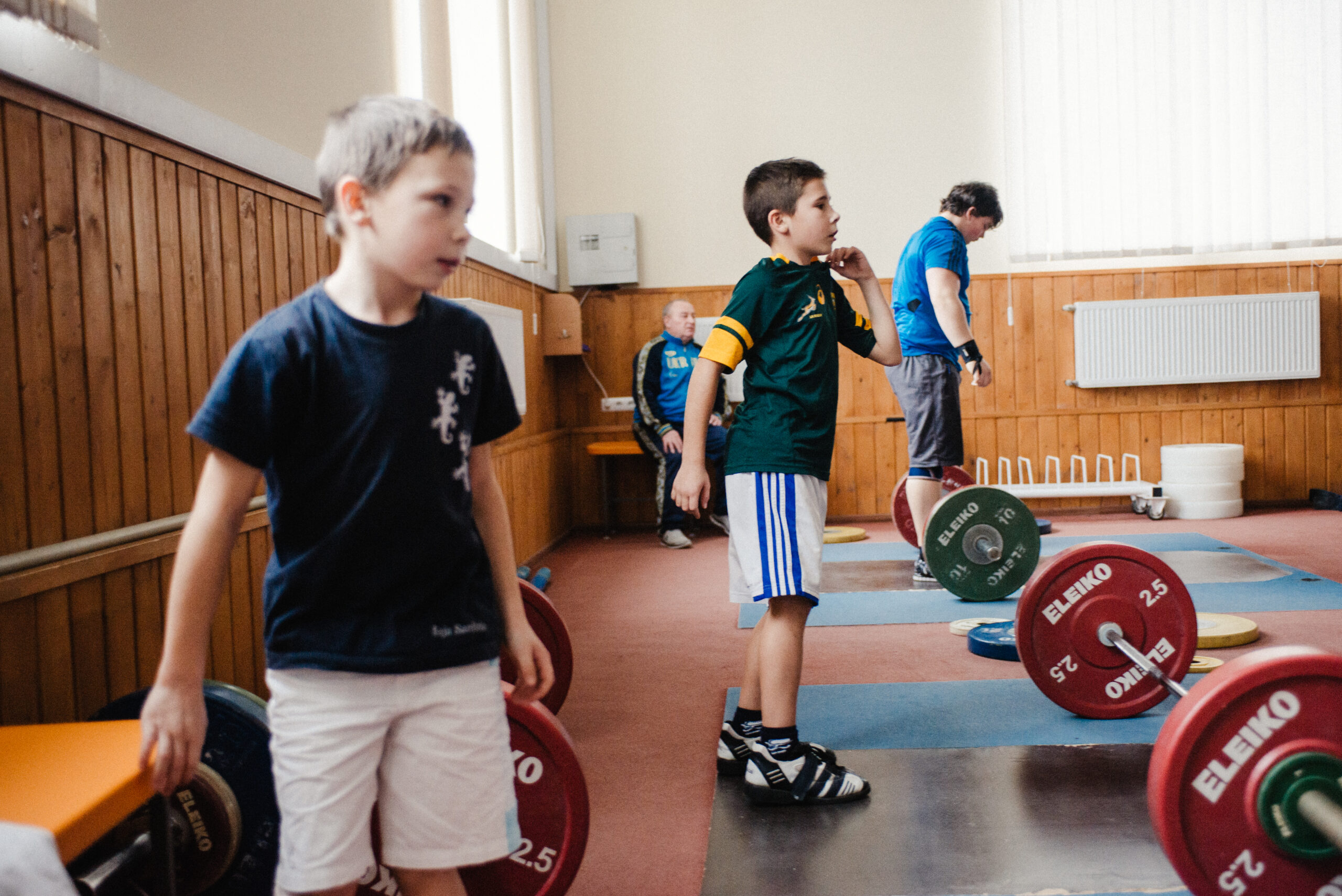
The dynamics of strength capabilities in strength training, especially in snatch and clean & jerk, is of great importance for estimating the young weightlifters’ prospects. It is quite easy to estimate the dynamics of strength indices with regard to an athlete’s body mass. (Table 6)
Table 6
| Test | Points | ||
|---|---|---|---|
| 3 | 4 | 5 | |
| Snatch | 70* | 80 | 85 |
| Clean & Jerk | 80 | 90 | 100 |
| Bench press | 75 | 85 | 90 |
| Back Squat | 100 | 110 | 120 |
* Barbell weight in % of an athlete body mass
14-18 points is a good result for adolescents.
It is also of utmost importance to take the functional capacities of the cardiovascular, respiratory and nervous systems into consideration. Every young athlete should go through a medical check-up twice a year to monitor the dynamics and reveal undesired deviations and pathologies.
Related articles:
- Female Training Peculiarities
- Advantages Of Weightlifting For Women
- Initial Training For Women
- Key Features Of Female Weightlifting
You might be interested in:
Why Trust Us?
With over 20 years in Olympic weightlifting, strength training, nutrition coaching, and general fitness our team does its best to provide the audience with ultimate support and meet the needs and requirements of advanced athletes and professional lifters, as well as people who strive to open new opportunities and develop their physical capabilities with us.
By trusting the recommendations of our certified experts in coaching, nutrition, and sports training programming, as well as scientific consultants, and physiotherapists, we provide you with thorough, well-considered, and scientifically proven content. All the information given in the articles concerning workout programming, separate exercises, and athletic performance, in general, is based on verified data.
The product testing process is described in more detail here.
Author: Sergii Putsov
Head of Sport Science, PhD
Best Results: Snatch – 165 kg,
C&J – 200 kg
Sergii Putsov, Ph.D., is a former professional weightlifter and National team member, achieving multiple medals in the 94 kg weight category at national competitions. With a Master’s degree in “Olympic & Professional Sport Training” and a Sport Science Ph.D. from the International Olympic Academy, Greece, Sergii now leads as the Head of Sport Science. He specializes in designing training programs, writing insightful blog articles, providing live commentary at international weightlifting events, and conducting educational seminars worldwide alongside Olympic weightlifting expert Oleksiy Torokhtiy.



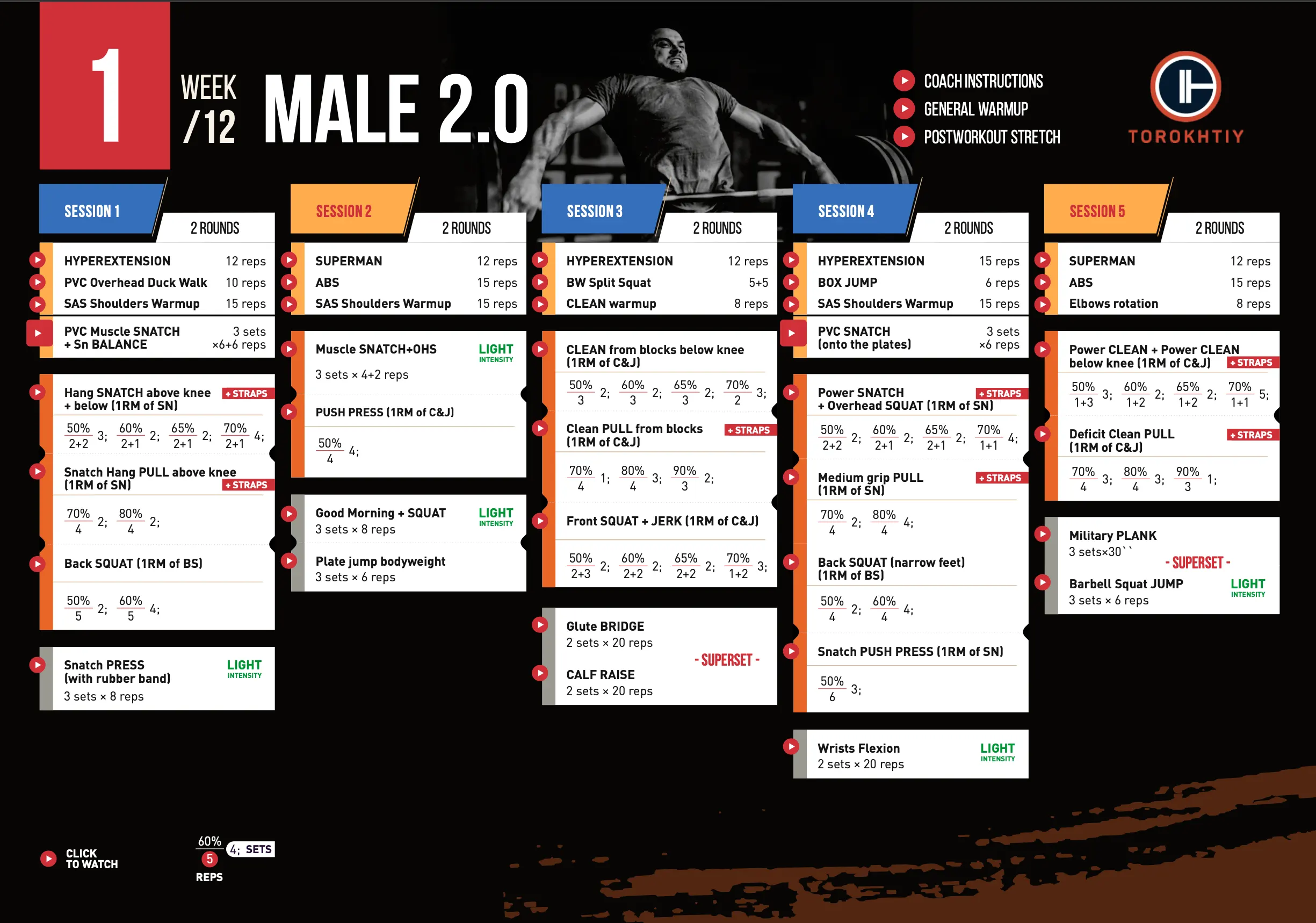
Still have questions after reading our article? Unlock your full potential by engaging with our experts and community! Don’t hesitate — leave a comment below and Sergii Putsov will provide a personalized answer and insights to help you reach your goals.